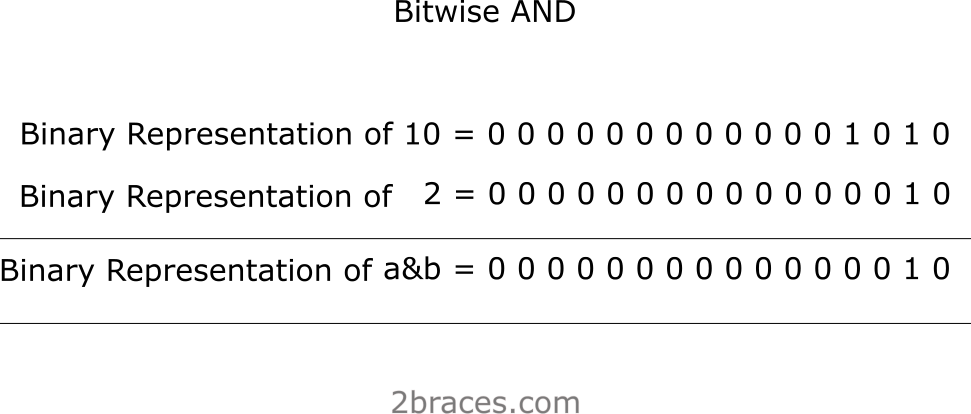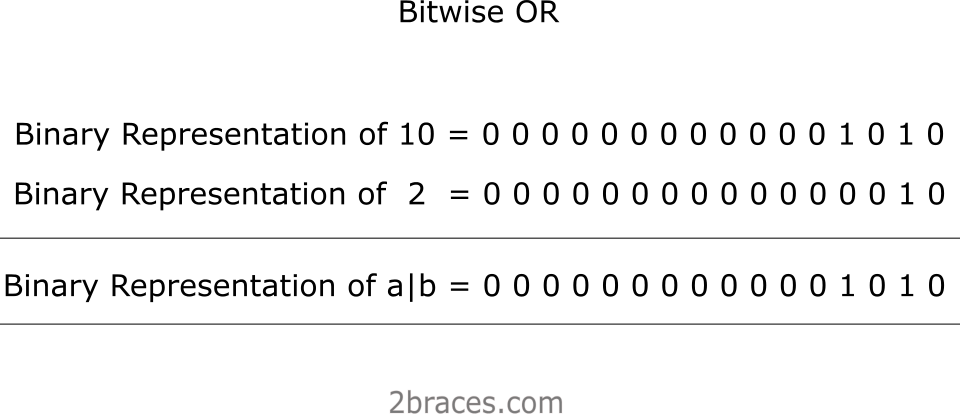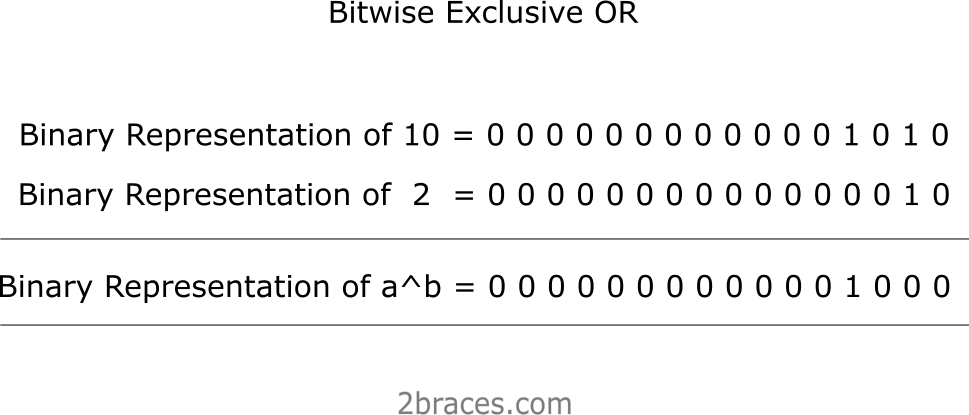C Foundation
What is C? C Compiler Installation C Extensions C Compiler C Interpreter C Program StructureC Basics
C Keywords C Data Types C Identifiers C Variables C Constant C Escape Sequences C Constant and Volatile C TypecastOperators
What is Operator C Comma Operator C Arithmetic Operators C Relational Operators C Logical Operators C Bitwise Operators C Conditional Operators C : : Operator C Operator PriorityBasic IO's
Basic IO's C Formatted Functions C Unformatted Functions C Common FunctionsControl Statements
What is Control Statement C if Statement C if else Statement C Nested if Statement C Else if Statement C Break Statement C Continue Statement C Switch Statement C Goto StatementLooping
What is Control Loop C for Loop C Nested for Loop C while Loop C Nested while Loop C do while Loop C Nested do while loopFunctions
What is Function C User Defined Functions C Recursion C Passing ParametersScope
Scope C Local Scope C Global ScopeStorage Classes
What is Storage Class C Auto C Extern C Static C RegisterArray
What is Array C One Dimensional Array C Two Dimensional Array C Multi Dimensional Array C Arrays Of StringsString
What is String C String FunctionsPointer
What is Pointer C Pointers Arithmetic C Pointer to Pointer C Pointers and Arrays C Pointers and Strings C Pointer to Functions Void Pointers Null Pointers C Null and Void PointerStructure
What is Structure C Struct within Struct C Array within Structure C Pointer to Structure C Structure and Function C Enum C Bitfield Structure C Type defUnion
What is UnionFiles
What is File C read a file C write a file C File Handling C Error Handling C Low Level Disk I/O C Other file functionsMemory Allocation
What is Memory Allocation C Malloc() C Calloc() C Free() C Realloc() C Coreleft()C Reference
All ASCII Code Basic C QuestionsC Interview
C Interview Sets All Star Patterns All Number Patterns All Alphabet Patterns All Series PatternsThe ones who are crazy enough to think they can change the world are the ones who do.- Steve Jobs
C Bitwise Operators
We knew that, all integer variables represented internally as binary numbers. A value of type int consists of 32 binary digits, known to us as bits. We can operate on the bits that make up integer values using the bitwise operators.
Bitwise Operator's Facts
- A bitwise operator which operates on each bit of data.
- Bitwise operators only operates on integer operands such as int, char, short int, long int.

All Bitwise Operators
C provides 6 bitwise operators to operate on individual bits in an integer quantity.
| Operator | Description |
|---|---|
| & | Bitwise AND |
| | | Bitwise OR |
| ^ | Bitwise XOR |
| >> | Right shift |
| << | Left shift |
| ~ | One's Complement |
Bitwise AND Operator
Bitwise AND operator, &, combines corresponding bits in its tow operands such that if both bits are 1, the result is 1 otherwise the result is 0.
Bitwise AND Operator Table
| Input | Output | |
|---|---|---|
| X | Y | Z |
| 0 | 0 | 0 |
| 0 | 1 | 0 |
| 1 | 0 | 0 |
| 1 | 1 | 1 |
Bitwise AND Operator Program
Let us write a C program to demonstrate Bitwise AND operator
#include <stdio.h>
int main()
{
int a = 10, b = 2;
printf("a & b = %d ", a & b);
return 0;
}
- a & b = 2
Note:
Binary representation is given below.

Bitwise OR Operator
The bitwise OR operator, |, combines corresponding bits such that if either or both bits are 1, then the result is 1. Only if both bits are 0 is the result 0.
Bitwise OR Operator Table
| Input | Output | |
|---|---|---|
| X | Y | Z |
| 0 | 0 | 0 |
| 0 | 1 | 1 |
| 1 | 0 | 1 |
| 1 | 1 | 1 |
Bitwise OR Operator Program
Let us write a C program to demonstrate Bitwise OR operator
#include <stdio.h>
int main()
{
int a = 10, b = 2;
printf("a | b = %d ", a | b);
return 0;
}
- a | b = 10
Note:
Binary representation is given below.

Bitwise XOR Operator
Bitwise exclusive OR (XOR) operator, ^, combines corresponding bits such that if both bits are the same the result is 0; otherwise, the result is 1.
Bitwise XOR Table
| Input | Output | |
|---|---|---|
| X | Y | Z |
| 0 | 0 | 0 |
| 0 | 1 | 1 |
| 1 | 0 | 1 |
| 1 | 1 | 0 |
Bitwise XOR Program
Let us write a C program to demonstrate Bitwise XOR operator
#include <stdio.h>
int main()
{
int a = 10, b = 2;
printf("a ^ b = %d ", a ^ b);
return 0;
}
- a ^ b = 8
Note:
Binary representation is given below.

Right shift Operator (>>)
Right shift operator requires two operands. It takes Left hand side operand as bit sequence or bit Pattern to be shifted and right hand side operand as positive integer or unsigned integer that indicates the number of displacements or bit positions to the right.
C Program for Right Shift
Let us write a C program to demonstrate Right Shift operator
#include <stdio.h>
int main()
{
int a = 8,b;
a>>= 1;
b = a;
printf("The Right shifted data of 8 by 1 = %d ",b);
return 0;
}
- The Right shifted data of 8 by 1 = 4
Note:
Binary representation is given below.

Left shift Operator (<<)
Left shift operator also requires two operands. It takes Left hand side operand as bit sequence or bit Pattern to be shifted and right hand side operand as positive integer or Unsigned integer that indicates the number of displacement or bit positions to the left.
C Program for Left Shift
#include <stdio.h>
int main()
{
int a = 4, b;
a<<= 1;
b = a;
printf("The Left shifted data of 4 by 1 = %d ",b);
return 0;
}
- The Left shifted data of 4 by 1 = 8
Note:
Binary representation is given below.

One's Complement
One's Complement operator is a unary operator, it always precedes to the variable or an operand. One's Complement operator inverts bits of its operand. So, 1s becomes 0s and 0s becomes 1s.
Table for One's Complement
| Input | Output |
|---|---|
| X | Y |
| 0 | 1 |
| 1 | 0 |
C Program for One's Complement
#include <stdio.h>
int main()
{
unsigned short int a = 10;
a = ~a;
printf("After One's Complement a = %u", a);
return 0;
}
- After One's Complement a = 65525
Note:
If a variable 'a' is declared under normal int data type some garbage value will be displayed say -11. Binary representation is given below.

Related to Bitwise Operators

Report Us
We may make mistakes(spelling, program bug, typing mistake and etc.), So we have this container to collect mistakes. We highly respect your findings.
Programming
Electrical
Interview
© Copyright 2019